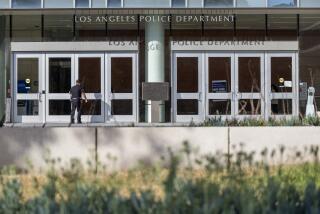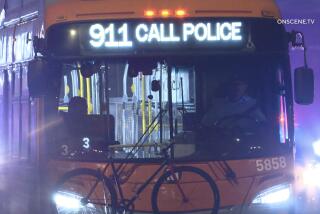Are motorists angrier these days? What’s perception and what’s reality
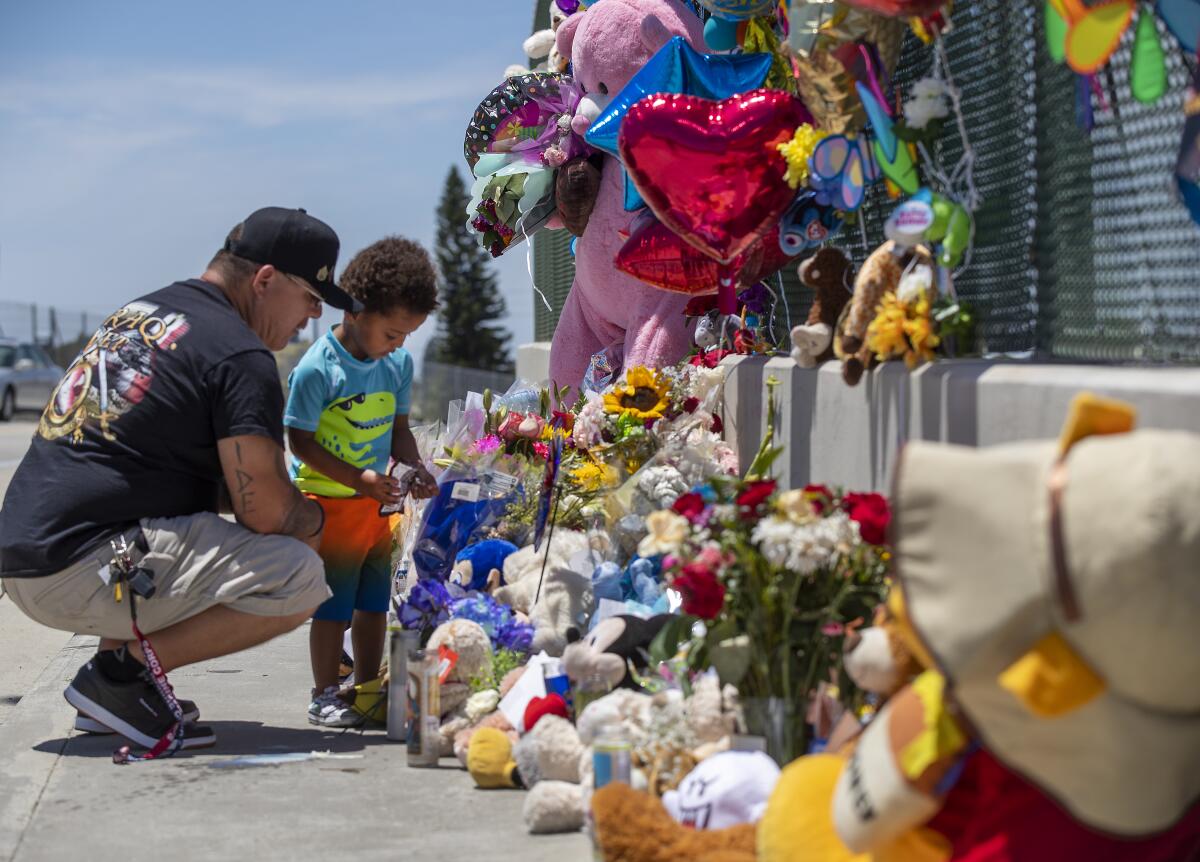
- Share via
Recently, Jordana Berzansky was driving on a busy city street with a car full of donations for Afghan refugees.
The Laguna Niguel resident felt great about her “good deed.” But then she heard the honking. She was stopped at a red light and the motorist behind her leaned hard on his horn. He waved his hands everywhere, gesturing rudely.
She saw the driver pull out his phone and take a photo of her vehicle.
He followed her for a few miles.
“What is he going to do?” Berzansky thought to herself. “Is he going to keep following me? Does he have a weapon?”
Rattled, she kept driving until she lost him, she said. Berzansky, 42, said the incident left her shaken. It was the second time during the COVID-19 pandemic that she’d had to contend with an overtly angry driver.
Road rage and aggressive driving have been an issue since long before the virus struck. But some experts, studies and local law enforcement officials point to an uptick in aggressive driving and road rage incidents following the onset of the pandemic.
Underlying stress, isolation and trauma from grief during the pandemic are bleeding into everyday life, particularly driving, says Ryan Martin, a psychology professor at the University of Wisconsin-Green Bay who researches anger, road rage and aggressive driving.
“Incivility just seems to be on the rise right now, and it’s part of what’s sort of causing some of the road rage problems. We are just not being very kind to each other right now, and it’s influencing how we behave on the road,” said Martin, who has a series of TikTok posts about how to deal with, and avoid, road rage.
“I’m hearing reports from major news sources and from everyone in the last two months about road rage in ways I never have before in my life,” he continued. “People are telling me over and over again that road rage is on the increase.”
Martin said it’s difficult to quantify angry driving incidents because the data aren’t collected consistently.
But there are some indirect data that suggest angry driving is on the rise.
During the last year, an average of 42 people per month nationwide have been shot and killed or wounded in road rage shootings — double the monthly average for the prior four years — according to a recent report from Everytown for Gun Safety, a nonprofit that advocates for gun violence prevention.
So far in 2021, someone has been shot and killed or injured in a road rage incident on average every 18 hours in the United States, according to the study. If the trend continues, 2021 is on track to be the deadliest year on record, with a projected 500 people injured or killed in road rage shootings.
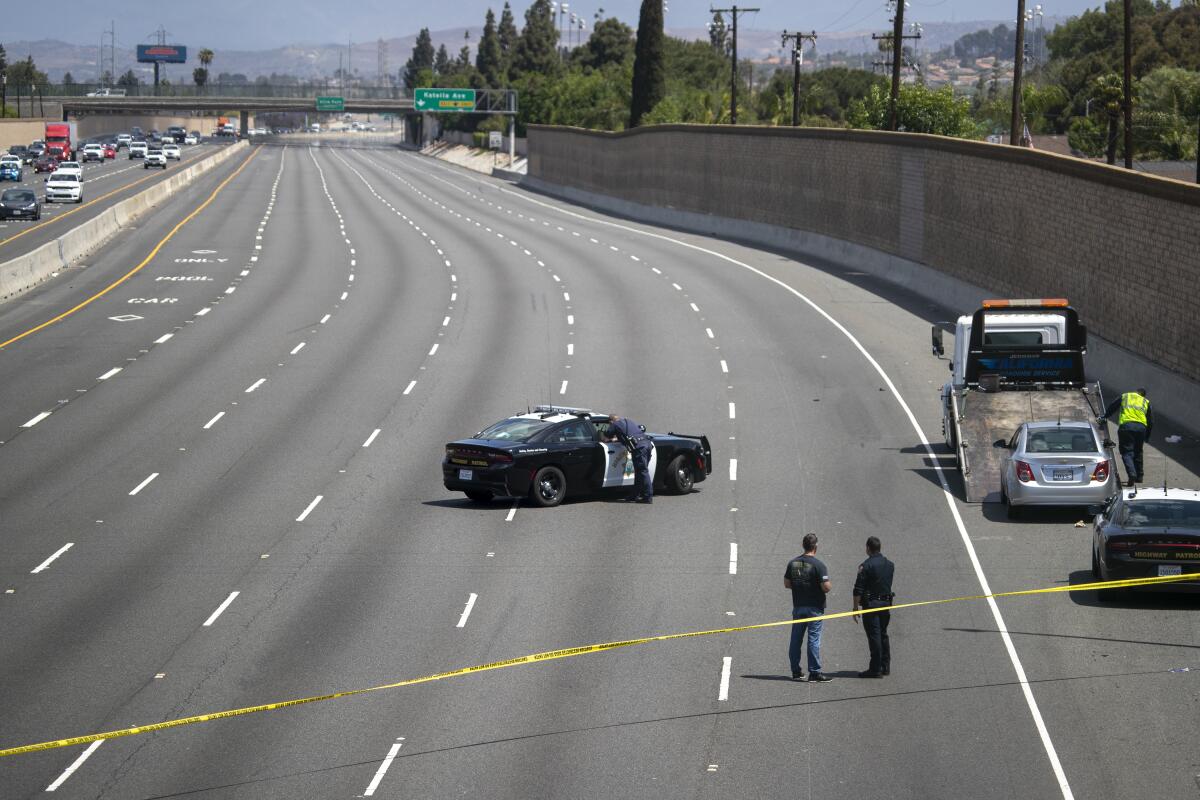
In May, 6-year-old Aiden Leos was shot to death in Orange while his mother was driving him to kindergarten. A car had cut her off on the 55 Freeway and the mother flashed a middle finger. That angered one of the occupants, who allegedly grabbed a firearm and shot into the back of her car, killing the child.
Not all road rage incidents end tragically, of course, but many of the root reasons of the anger are the same.
“People are under pressure. They are under stress and angry already about a lot of things,” Martin said. “And driving is a perfectly designed situation to cause anger. People are heading someplace. It’s easy to feel like their goals are being blocked. It’s high stress and anxiety provoking.”
This perceived anger behind the wheel seems to dovetail with a surge in fatal crashes across the country in both urban and rural areas.
In California, which saw a 5% increase in fatalities in 2020, California Highway Patrol officers issued nearly 28,500 tickets for drivers speeding over 100 mph, almost double the 2019 total.
In Los Angeles, traffic fatalities rose 15% from 2019, before the pandemic, to this year. The epicenter of these fatal crashes is South Los Angeles. Fatal crashes spiked from 247 in 2019 to 392 this year — a 59% increase — in the Los Angeles Police Department’s South Bureau.
Lt. Adam Loo with the LAPD’s South Traffic Division said his officers have noticed an uptick in “poor driver attitude.”
“It would be safe to say that those attitudes would naturally coincide with more aggression,” Loo said.
Community Traffic Service officers have told Loo that people in the community are frustrated with a spike in bad driving, prompting community members to organize a street fair in July and a march in November to prevent “traffic violence.”
CHP Officer Ramondo Alexander said that he’s noticed an uptick in unsafe driving but believes that a big reason is that many have forgotten the basics of driving after spending less time on the road during the pandemic.
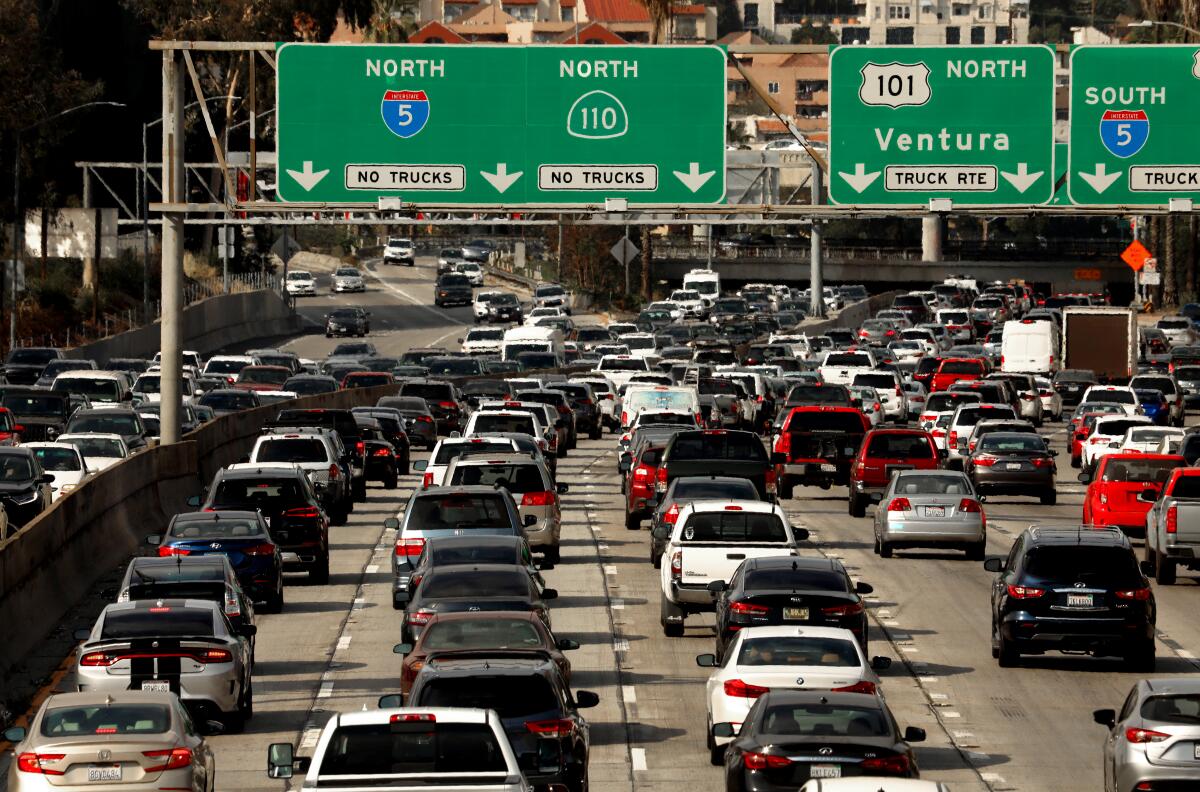
“So now traffic is back to normal, and people forget how to drive when traffic is heavy. You need to be more cautious,” Alexander said. “And now, when traffic is heavy, they look two to three times instead of four times behind them before changing lanes. Those skills are perishable, and if you don’t use it enough you lose those motoring skills.”
Sometimes a motorist who gets inadvertently cut off may see it as a purposeful slight instead of a simple mistake, sparking rage.
“It’s all about perception,” Alexander added. “A motorist may say, ‘He cut me off.’ But maybe you were just in that other motorist’s blind spot.”
The issue of aggressive drivers is so problematic that it’s compelled Samantha Gowen, who lives in Orange, to buy a dashboard camera for her vehicle.
“I can record the mayhem and protect myself against those incidents,” she said.
A few months ago, Gowen said, she was in a road rage incident with a woman in a beige Mini Cooper who pulled into oncoming traffic, blocked her vehicle, and threw a coffee cup in a suburban street near a school.
At one point, the woman jumped out of her car in the middle of traffic.
“Are you kidding me?” Gowen thought to herself.
Hands shaking, Gowen told herself to stay in the car. She turned on her phone camera and hit record.
In the phone video, a woman clad in a green velour jumpsuit and dark sunglasses, appeared to hurl insults and waved her hands wildly, flashing the finger multiple times.
“I didn’t want this woman to hit me,” Gowen said. “I needed to have verification of what was going on.”
Gowen, who had just dropped off her daughter at school, believes the woman likely became frustrated when she mistakenly drove into the daily chaos of the school traffic drop-off scrum. Gowen may have pulled in front of her by mistake, but she’s still not sure.
“It was 15 minutes of my life that was super-aggravating and also stupefying,” she said. “Here is this woman whose rage could not be tamed.”
But this instance is just the worst of aggressions that Gowen said she observes at least once a week.
‘In my short commute every day I see so many incidents of anger. I’ve noticed there are a lot of angry drivers trying to outgun each other. Or they want to get ahead of you, and I live in a little suburban neighborhood. It surprises me every day,” Gowen said. “Honking the horn, cutting people off, giving the bird. This is so routine. It’s almost ridiculous.”
Martin, who teaches courses on civility and anger management, said demand for his seminars has increased in the last two months. Most people want to know how best to respond to angry people. Before the pandemic, he received requests for a training seminar every couple of months. Now, he fields requests at least monthly.
The pandemic, he said has shifted people’s worldview for the worse.
“I do think that many people’s worldview has shifted to ‘The people around me are bad. They are idiots. They are fools. They are monsters. They are selfish,’ ” Martin said. “You enter the road with that lens too. If the person in front of me makes a mistake, maybe two years ago I would have just thought ‘that was an error.’ Now, I may be more inclined to think ‘that person is an idiot.’ The pandemic has changed the way we feel about each other and that is all bleeding over to a really dangerous space.”
Looking back, Gowen said she feels blessed.
She said she can’t help but think of 6-year-old Aiden who was killed in a road rage shooting this past summer.
“I was lucky enough that she just threw coffee at me,” she said. “Some people, they shoot their gun.”
More to Read
Sign up for Essential California
The most important California stories and recommendations in your inbox every morning.
You may occasionally receive promotional content from the Los Angeles Times.
